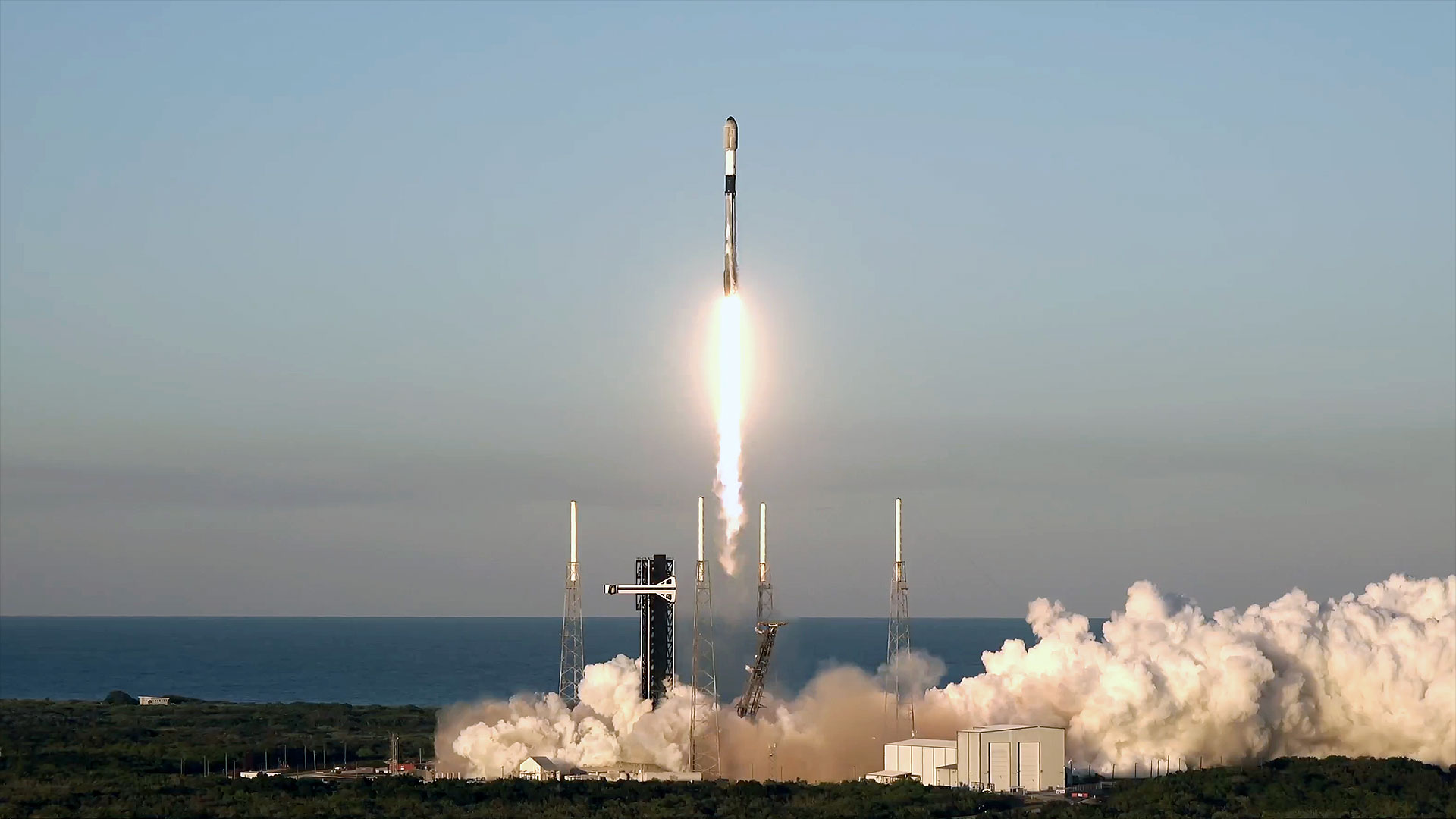How do astronomers know the age of the planets and stars?

Astronomers can estimate ages for stars outside the Solar System, but not planets.

This article was originally published at The Conversation. The publication contributed the article to Space.com's Expert Voices: Op-Ed & Insights.
Adam Burgasser is a Professor of Astronomy & Astrophysics at UC San Diego, and an observational astrophysicist investigating the coolest stars, brown dwarfs and extrasolar planets.
Measuring the ages of planets and stars helps scientists understand when they formed and how they change – and, in the case of planets, if life has had time to have evolved on them.
Unfortunately, age is hard to measure for objects in space.
Stars like the sun maintain the same brightness, temperature and size for billions of years. Planet properties like temperature are often set by the star they orbit rather than their own age and evolution.
Determining the age of a star or planet can be as hard as guessing the age of a person who looks exactly the same from childhood to retirement.
Related:
Breaking space news, the latest updates on rocket launches, skywatching events and more!
Sussing out a star's age
Fortunately, stars change subtly in brightness and color over time. With very accurate measurements, astronomers can compare these measurements of a star to mathematical models that predict what happens to stars as they get older and estimate an age from there.
Stars don't just glow, they also spin. Over time, their spinning slows down, similar to how a spinning wheel slows down when it encounters friction. By comparing the spin speeds of stars of different ages, astronomers have been able to create mathematical relationships for the ages of stars, a method known as gyrochronology.
A star’s spin also generates a strong magnetic field and produces magnetic activity, such as stellar flares – powerful bursts of energy and light that occur on stars’ surfaces. A steady decline in magnetic activity from a star can also help estimate its age.
A more advanced method for determining the ages of stars is called asteroseismology, or star shaking. Astronomers study vibrations on the surfaces of stars caused by waves that travel through their interiors. Young stars have different vibrational patterns than old stars. By using this method, astronomers have estimated the sun to be 4.58 billion years old.
Piecing together a planet’s age
In the solar system, radionuclides are the key to dating planets. These are special atoms that slowly release energy over a long period of time. As natural clocks, radionuclides help scientists determine the ages of all kinds of things, from rocks to bones and pottery.
Using this method, scientists have determined that the oldest known meteorite is 4.57 billion years old, almost identical to the sun's asteroseismology measurement of 4.58 billion years. The oldest known rocks on Earth have slightly younger ages of 4.40 billion years. Similarly, soil brought back from the Moon during the Apollo missions had radionuclide ages of up to 4.6 billion years.
Although studying radionuclides is a powerful method for measuring the ages of planets, it usually requires having a rock in hand. Typically, astronomers only have a picture of a planet to go by. Astronomers often determine the ages of rocky space objects like Mars or the moon by counting their craters. Older surfaces have more craters than younger surfaces. However, erosion from water, wind, cosmic rays and lava flow from volcanoes can wipe away evidence of earlier impacts.
Aging techniques don’t work for giant planets like Jupiter that have deeply buried surfaces. However, astronomers can estimate their ages by counting craters on their moons or studying the distribution of certain classes of meteorites scattered by them, which are consistent with radionuclide and cratering methods for rocky planets.
We cannot yet directly measure the ages of planets outside our solar system with current technology.
How accurate are these estimates?
Our own solar system provides the best check for accuracy, since astronomers can compare the radionuclide ages of rocks on the Earth, moon, or asteroids to the asteroseismology age of the sun, and these match very well.
Stars in clusters like the Pleiades or Omega Centauri are believed to have all formed at roughly the same time, so age estimates for individual stars in these clusters should be the same. In some stars, astronomers can detect radionuclides like uranium – a heavy metal found in rocks and soil – in their atmospheres, which have been used to check the ages from other methods.
Astronomers believe planets are roughly the same age as their host stars, so improving methods to determine a star’s age helps determine a planet’s age as well. By studying subtle clues, it’s possible to make an educated guess of the age of an otherwise steadfast star.
This article is republished from The Conversation under a Creative Commons license. Read the original article.

Adam Burgasser is a Professor of Astronomy & Astrophysics at UC San Diego, and an observational astrophysicist investigating the coolest stars, brown dwarfs and extrasolar planets. A native of Buffalo, New York, Adam received his Bachelors of Science in Physics from UC San Diego and his Masters and Ph.D. degrees in Physics from the California Institute of Technology. He went on to be a Hubble Postdoctoral Fellow at UCLA, a Spitzer Postdoctoral Fellow at the American Museum of Natural History in New York City, and a member of the Physics faculty at MIT before coming back to UC San Diego in 2010. He has published nearly 700 peer-review articles, conference proceedings and book chapters in astrophysics and education research, and is best known for his work defining the T spectral class of brown dwarfs, investigations of binary star/brown dwarf systems, and studies of weather and radio emission in cool extraterrestrial atmospheres. Adam is an advocate for equity in the sciences, leading UCSD's UC-HBCU partnership in Physics with Morehouse and Spelman Colleges and serving as chair of the American Astronomical Society Committee on the Status of Minorities in Astronomy. He has been awarded UCSD's highest awards in teaching, mentorship, and championing equity, and was a Fulbright Scholar in the UK. A former national springboard diving champion in, Adam can still be found at the pool or the beach enjoying the water.


